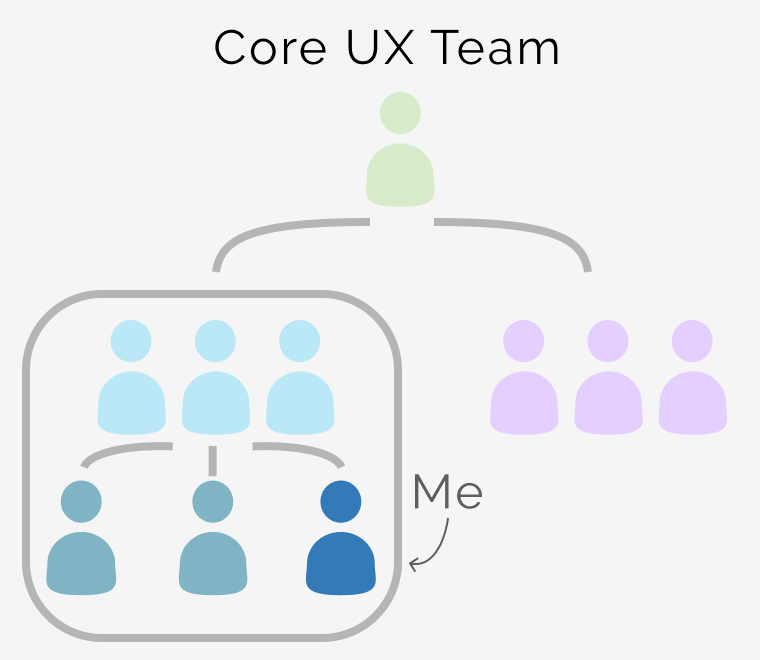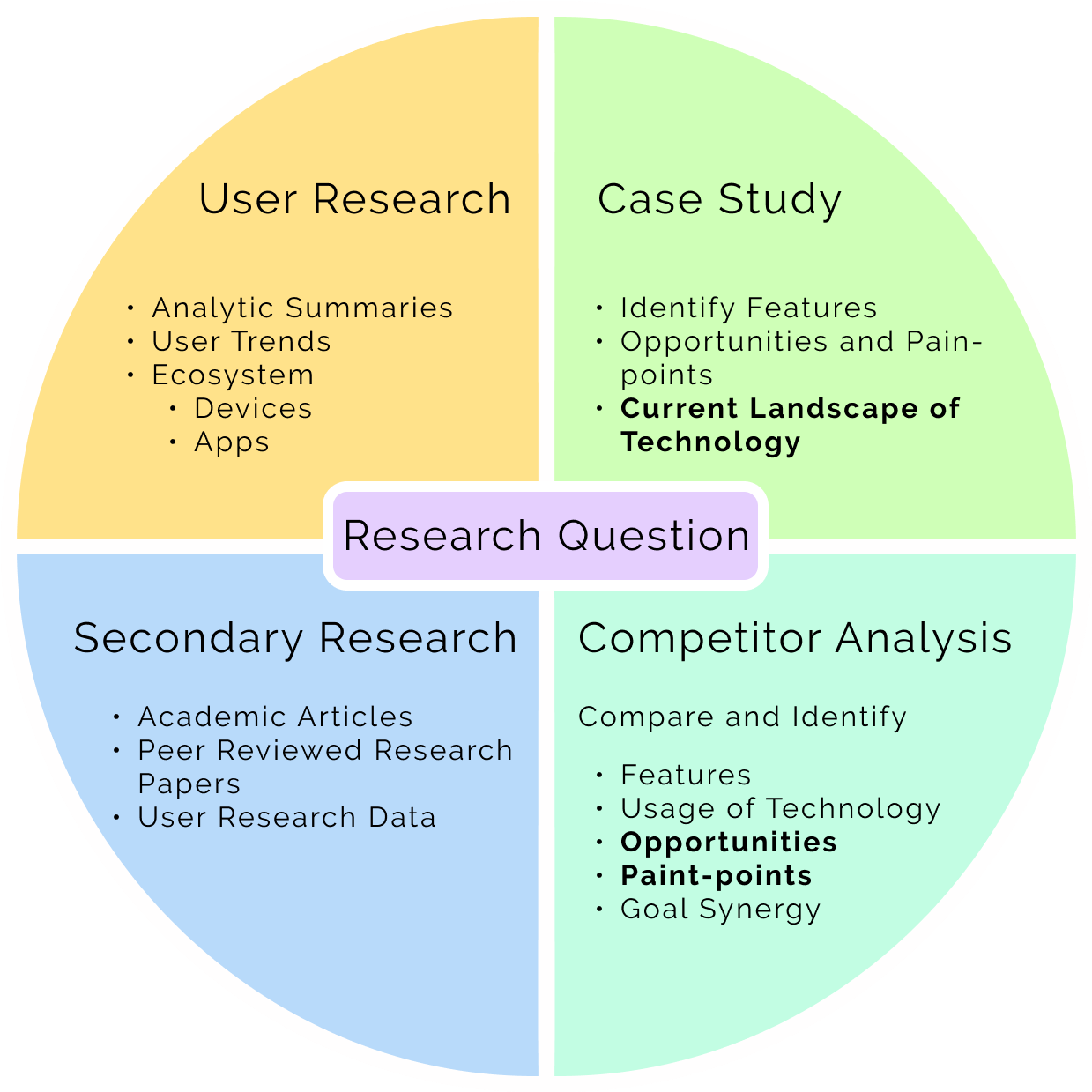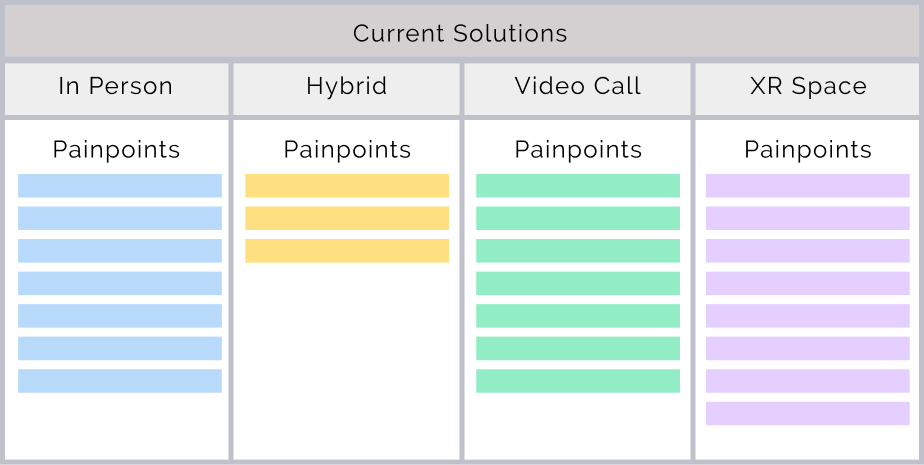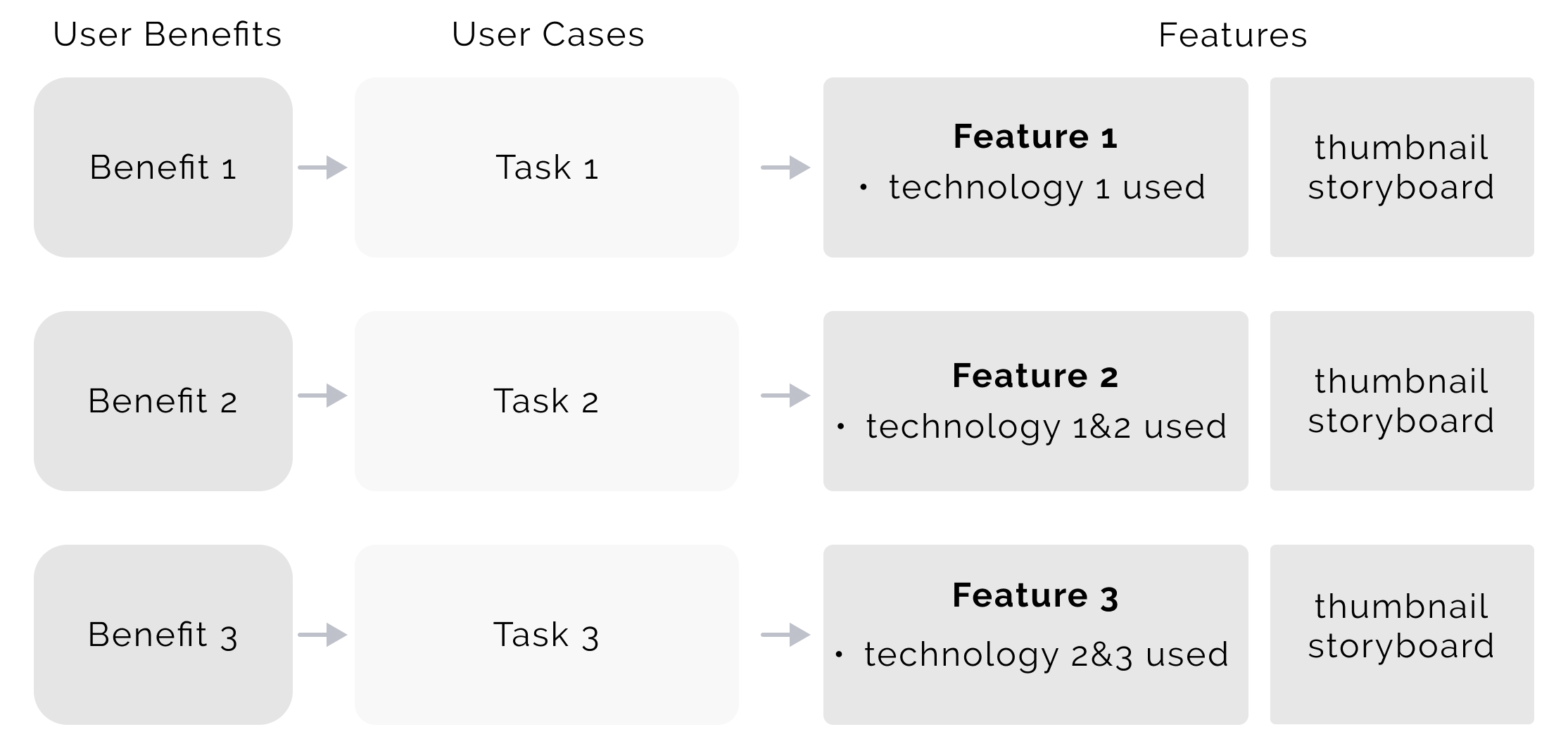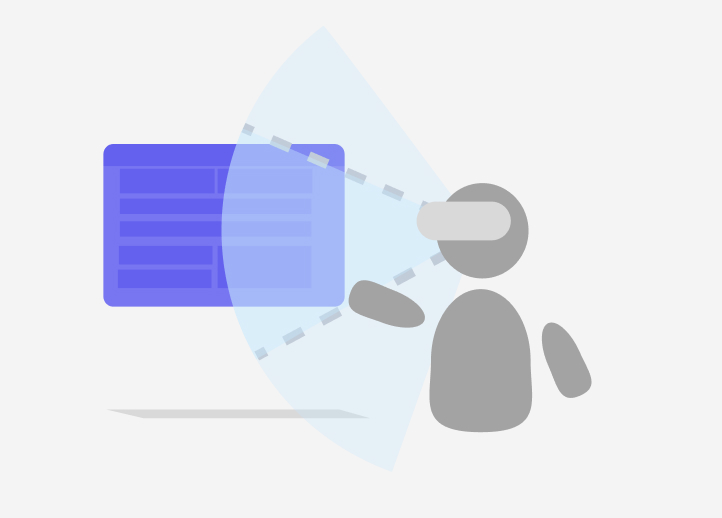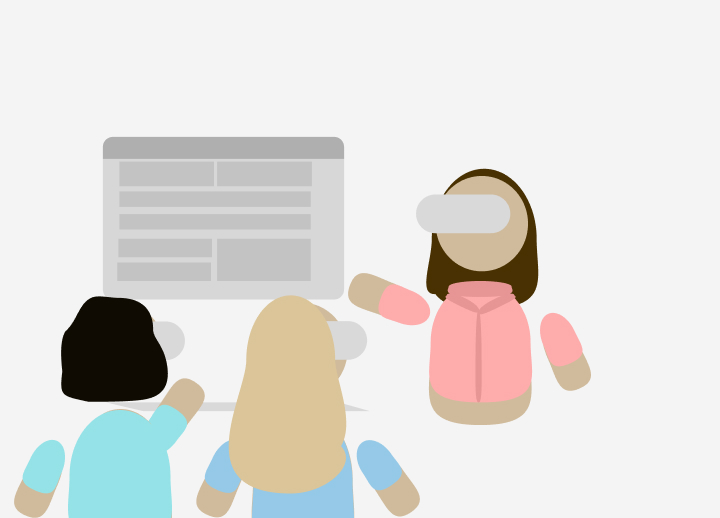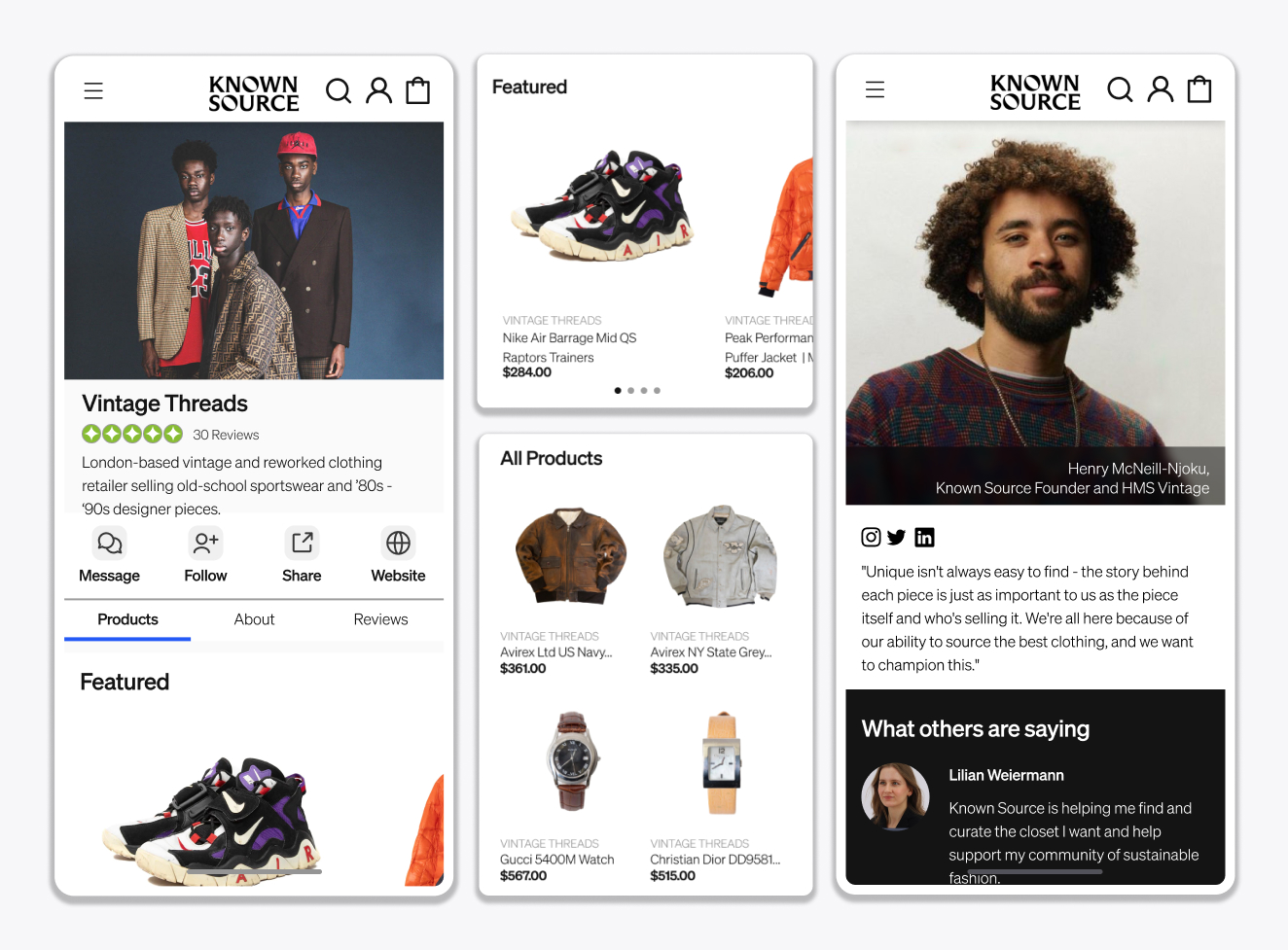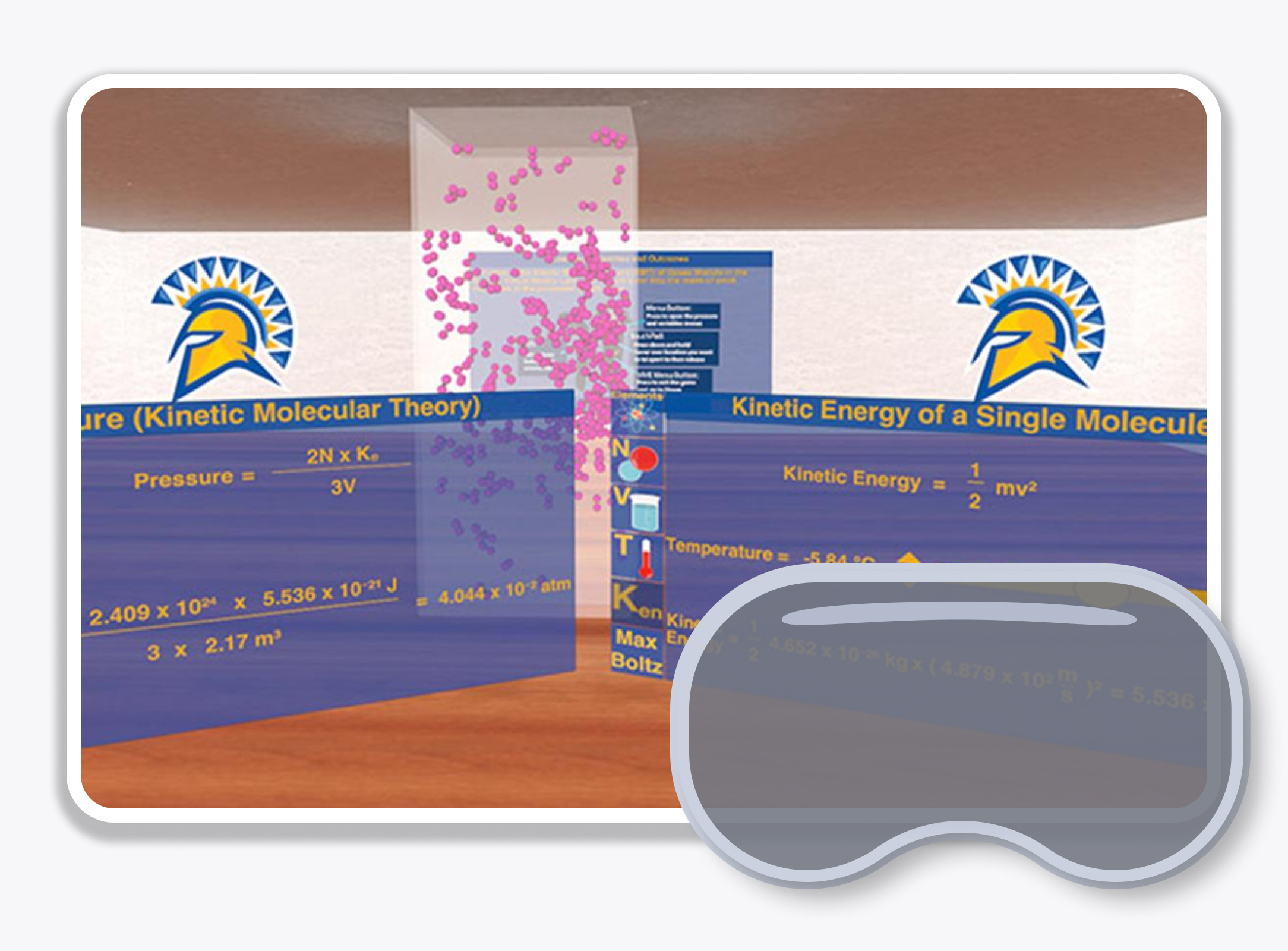XR Experiences Samsung Research America
Solutions with Cutting Edge Techology
Designed and developed potential use cases and prototypes to showcase Samsung’s new inventions for consumer and B2B XR.
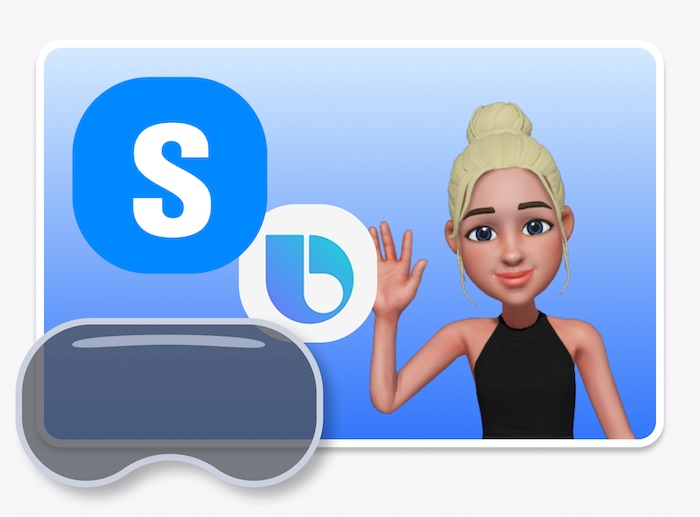
Role
UX Designer and Researcher
Responsibilities
0-to-1, Feature Development/Design, Storyboarding, Research, Strategy
Date
May 2022 - Dec 2022
(8 months)
Tools
Figma
Blender
Unity
Microsoft Excel
Project
NDA (Technology at SRA)
